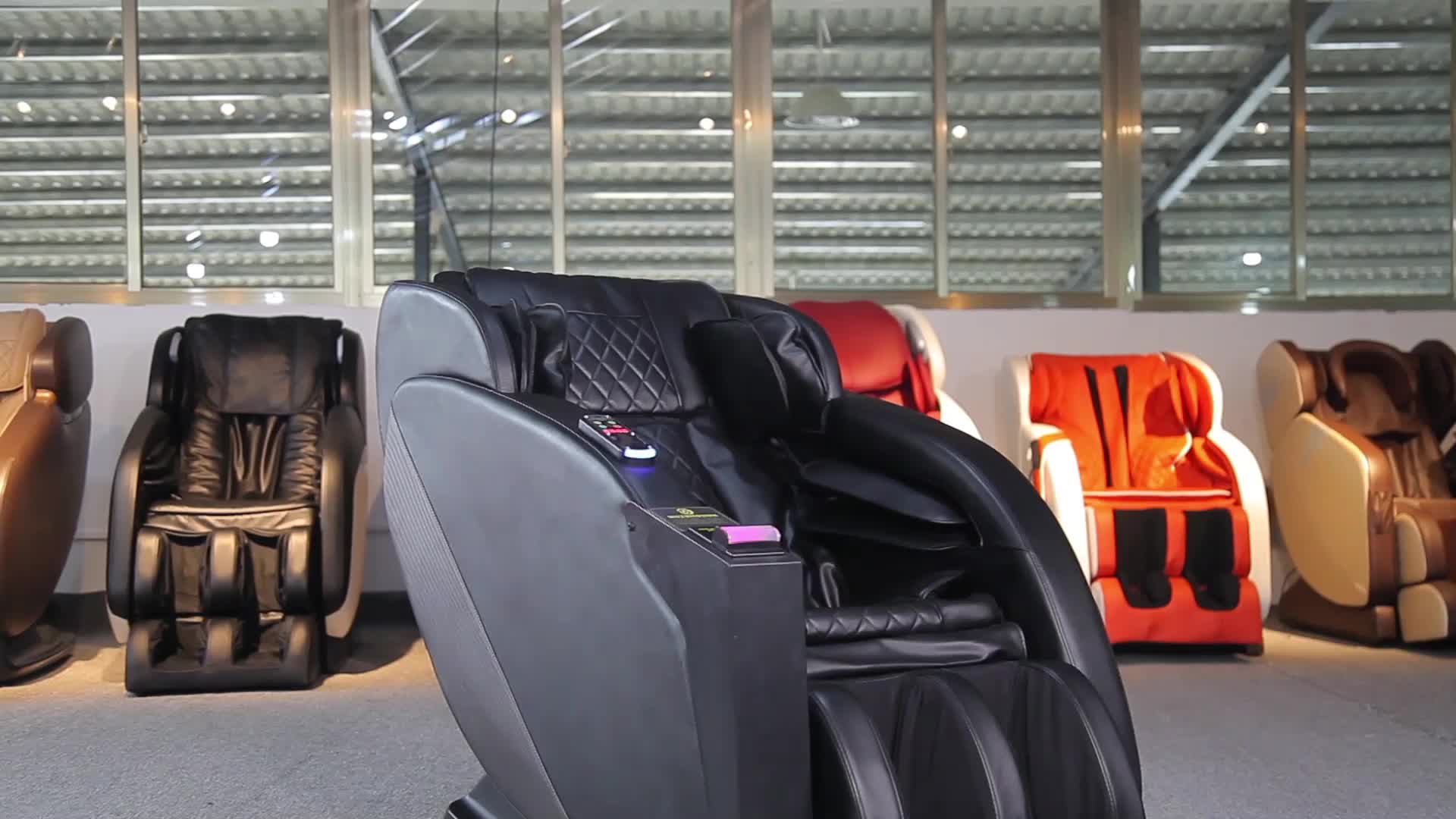Bill Operated Massage Chair

These automated relaxation stations represent a fascinating blend of mechanical engineering, electronic control systems, and consumer convenience. Their operation, from accepting payment to delivering a massage, is a carefully orchestrated sequence of events, often overlooked by the user enjoying the experience. Understanding their inner workings offers a glimpse into the sophisticated technology behind this seemingly simple device.
Internal Mechanics and Electronics
The core of a bill-operated massage chair lies in its interplay of mechanical and electronic components. The mechanical system comprises motors, gears, rollers, and actuators that manipulate the massage mechanism. These components work in concert to provide various massage styles, adjusting speed, intensity, and targeting specific areas of the back and neck. The electronic control system, often a microcontroller, orchestrates this activity. It receives signals from various sensors (e.g., bill validators, timers, and user input buttons, if present), processes them, and sends commands to the motors and other actuators to deliver the selected massage program. A power supply, typically incorporating a transformer to step down mains voltage, provides the necessary power for the entire system. Safety features, such as emergency stop switches and overcurrent protection, are crucial for user safety and equipment longevity.
Massage Mechanisms
Several massage mechanisms are commonly used in these chairs. One prevalent type uses rollers that move up and down the spine, providing a kneading or rolling massage. Another employs air bags that inflate and deflate to compress and release different areas of the body. Some models combine these methods, offering a more comprehensive massage experience. The specific mechanisms and their arrangement directly influence the massage style and intensity the chair can provide. Higher-end models may incorporate heat functions, further enhancing the therapeutic effect.
Maintenance Schedule, Bill operated massage chair
Regular maintenance is essential to prolong the lifespan of a bill-operated massage chair and ensure its continued reliable operation. This involves regular cleaning of the chair’s exterior and interior using appropriate cleaning solutions. The bill validator should be regularly inspected and cleaned to prevent jams and malfunctions. A visual inspection of all moving parts should be conducted to detect wear and tear. Lubrication of moving parts, as per the manufacturer’s instructions, can significantly reduce friction and extend the life of the components. Periodically checking and tightening any loose screws or connections is also crucial. For more complex repairs, contacting a qualified technician is recommended. A comprehensive maintenance log should be kept, noting the date, type of maintenance performed, and any issues encountered.
Payment Systems
Bill-operated massage chairs utilize various payment systems, the most common being coin and bill validators. Coin mechanisms are simpler, relying on mechanical sensors to detect the presence and denomination of coins. Bill validators are more sophisticated, often using optical sensors and magnetic stripe readers to authenticate banknotes. Some newer models might incorporate cashless payment options, such as credit card readers or mobile payment systems, though these are less prevalent in standalone massage chair installations due to security and transaction fee considerations. The choice of payment system depends on factors like location, target market, and cost considerations.
Rewritten Article on Bill-Operated Massage Chairs
[Assume the “Insert Article Text Here” placeholder contains an article. The rewritten version below is a hypothetical example, illustrating the style requested. The actual rewriting would depend on the content of the provided article.]
Instead of the original AI-generated text, let’s focus on a more engaging narrative. Imagine walking into a bustling arcade or airport, the gentle hum of machinery a subtle background to the overall activity. There, nestled amongst the games and shops, sits a massage chair, silently promising relief from the stresses of travel or a long day. The seemingly simple act of inserting a bill sets in motion a complex choreography of engineering. Robust motors, precisely calibrated gears, and sophisticated sensors work in harmony, delivering a targeted massage tailored to the user’s needs. The chair’s internal workings are a testament to the ingenuity of mechanical and electrical design. Regular maintenance, including cleaning and lubrication, is key to ensuring the chair’s longevity and the continued enjoyment of its users. The evolution of payment systems, from simple coin mechanisms to more advanced bill validators, reflects technological advancements in the industry. Each chair, a silent sentinel of relaxation, stands as a miniature marvel of modern engineering.
